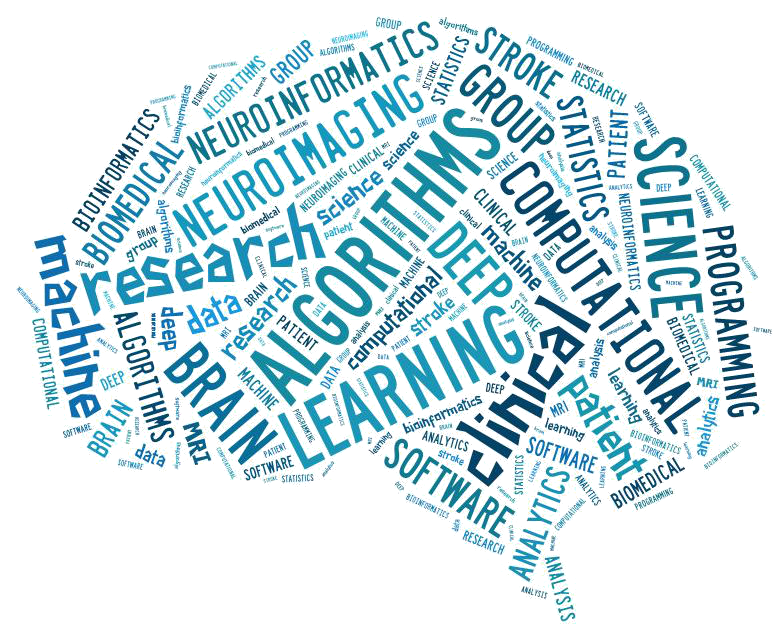Citation:
Hjort N, Wu O, Ashkanian M, Sølling C, Mouridsen K, Christensen S, Gyldensted C, Andersen G, Østergaard L. MRI detection of early blood-brain barrier disruption: parenchymal enhancement predicts focal hemorrhagic transformation after thrombolysis. Stroke 2008;39(3):1025-8. Copy at https://tinyurl.com/y86coxf5
Date Published:
2008 MarAbstract:
BACKGROUND AND PURPOSE: Blood-brain barrier disruption may be a predictor of hemorrhagic transformation (HT) in ischemic stroke. We hypothesize that parenchymal enhancement (PE) on postcontrast T1-weighted MRI predicts and localizes subsequent HT. METHODS: In a prospective study, 33 tPA-treated stroke patients were imaged by perfusion-weighted imaging, T1 and FLAIR before thrombolytic therapy and after 2 and 24 hours. RESULTS: Postcontrast T1 PE was found in 5 of 32 patients (16%) 2 hours post-thrombolysis. All 5 patients subsequently showed HT compared to 11 of 26 patients without PE (P=0.043, specificity 100%, sensitivity 31%), with exact anatomic colocation of PE and HT. Enhancement of cerebrospinal fluid on FLAIR was found in 4 other patients, 1 of which developed HT. Local reperfusion was found in 4 of 5 patients with PE, whereas reperfusion was found in all cases of cerebrospinal fluid hyperintensity. CONCLUSIONS: PE detected 2 hours after thrombolytic therapy predicts HT with high specificity. Contrast-enhanced MRI may provide a tool for studying HT and targeting future therapies to reduce risk of hemorrhagic complications.See also: Stroke

